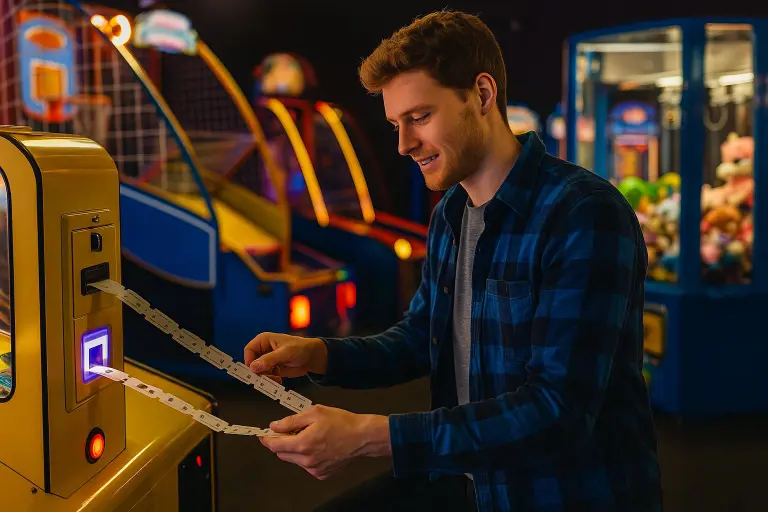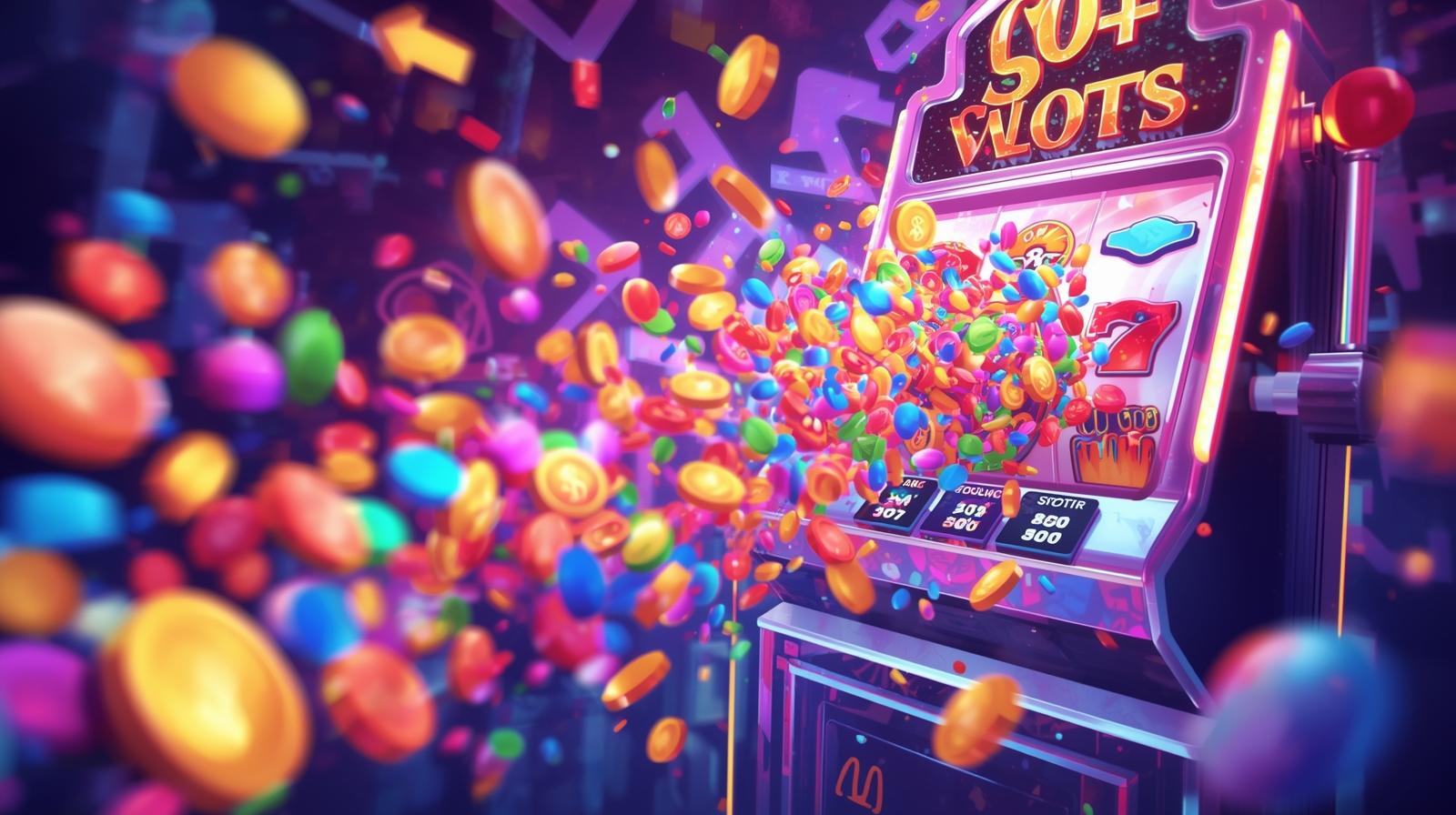From bell-bottom jeans to vinyl records, trends have an unnervingly quaint way of evaporating — burnishing themselves into obscurity over time, only to be rediscovered decades later. But what makes a fad fade away for good, or return with a vengeance? Cultural shifts, technological advancement and the deep psychological connection humans have with nostalgia influence the life cycle of trends.
The Lifecycle of a Trend
Most trends become predictable over time and follow a pattern known as the “hype cycle.” It starts with some innovation or rediscovery, catches on among influencers and early adopters, hits its peak popularity and then fades out as mass interest goes through the floor. Some trends simply die out, while some simply go into hibernation before popping back up.
Why Some Fads Are Gone for Good
There are many trends that disappear for good because they are so situational. Think of pagers or Betamax tapes — once state of the art, but obsolete when better options came along. Conversationalists can also lose their standing to prevailing cultural standards. Dance crazes like the Macarena, for instance, might’ve captured the attention of masses in their prime only to wither into the past. Tight, niche trends that depend on a particularly specific cultural moment, like certain slang phrases or viral internet challenges, tend to hightail it out the door as soon as they arrive, making them unlikely to have real relevance with future wearers.
Also, marketing has a lot to do with it. This produces trends that are either artificially inflated by aggressive advertising or just that: a trend, not a habit. And when the public brow-beat interest fades, and marketing dough relocates, these trends vanish almost immediately. Think fast fashion — certain clothing items only last for a season, before they’re supplanted by the next wave of styles. Trends without cultural or emotional significance die with the moment.
The Science of Comebacks
Other trends come back around because of nostalgia or cyclical fashion or practicality that returns.
- Nostalgia and Emotional Connection – Trends often return as they are linked with positive memories. Millennials and Gen Z are currently also inspiring a resurgence in Y2K fashion and early-2000s aesthetics — but that’s because these styles remind them of childhood and early digital experiences.
- Scarcity and Exclusivity – When an item is perceived to limited in availability or time, its value increases. Vinyl records and Polaroid cameras went the way of pre-Internet shopping, then those objects’ physical properties created a new desire for them.
- Modern Travel — Trends often come back but with modern reinterpretation. High-waisted jeans from the ’80s and ’90s, for instance, have been reworked in contemporary silhouettes, creating a modern pull for a new generation.
- Sustainability and Ethical Consumption – A renewed focus on sustainability has seen demand for robust, long-lasting products with a lower environmental impact on the rise. Many trends of the past this time, including slow fashion, upcycling and reusable household objects, have re-emerged in this context, as people look for more sustainable alternatives.
The Impact of Social Media and Influencers
Social media, especially TikTok and Instagram, has sped up the trend cycle, resuscitating aesthetics, products and activities — all over again, and all maybe — faster than ever before. Hashtags such as #ThrowbackThursday and viral challenges renew interest in fads that had fallen by the wayside, even making them mainstream again. Digital spaces for vintage fashion, retro gaming, and nostalgia media consumption give this impulse a wider audience and make these things more desirable and easier to find for the next generation.
But the pace of social media also means trends go out of style faster than they ever did. And while some revivals stick for good, others are famous fluff before being supplanted by the next viral big deal. This phenomenon, sometimes called “fast nostalgia,” underscores just how quickly people have moved on from what was once a new trend in search of another one.
Because of the abundance of digital spectrums, we can observe this phenomenon emerging across different platforms, taking games like blackjack online for example, where timeless gameplay and available access keep it a relevant aspect of gaming for generations.
Wrapping Up
Whether a trend dies out or makes a return depends on a certain mixture of nostalgia, relevance and cultural shifts. With technology and global interdependence on the rise, it is likely that the trends of today will return more quickly than ever before. So when you spot a childhood favorite resurfacing majors-league-style, remember — it’s not just fashion — it’s the psychology of the past finding a home in the present. Long-lasting trends provide some fundamental emotional value, practical benefit or are suitable to the current circumstances of society.





